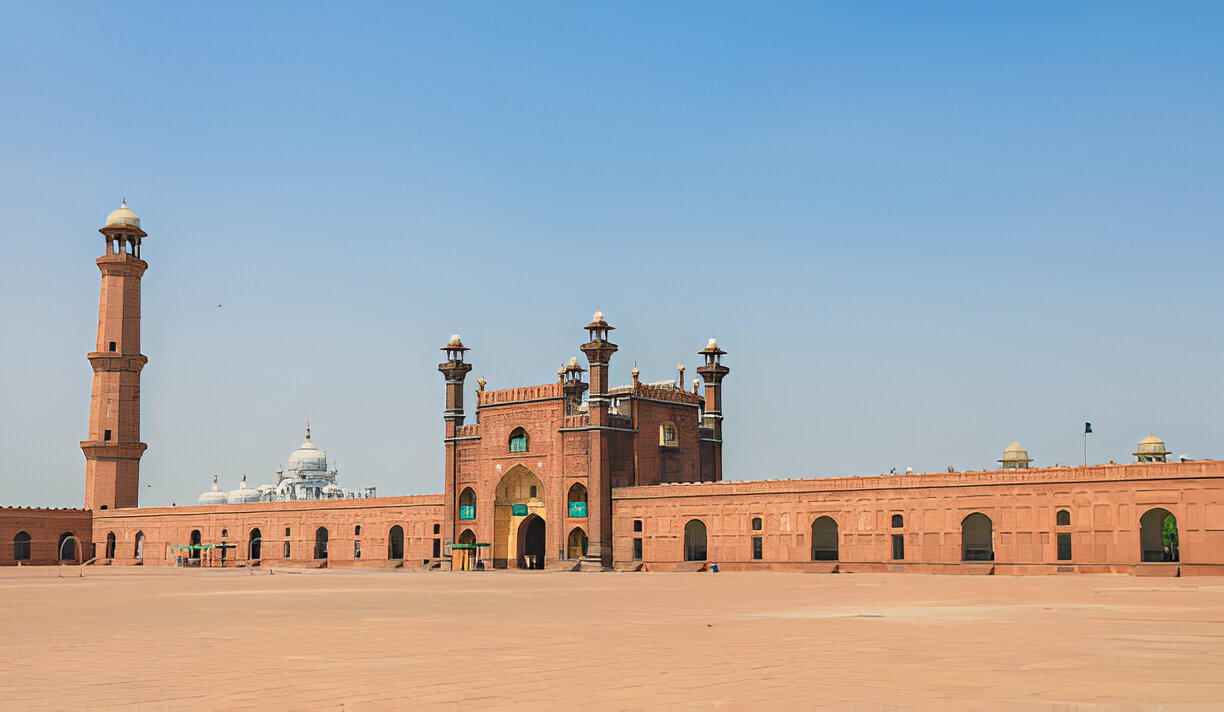
Table of Contents
ToggleIntroduction
The Mughal Empire, which ruled large parts of South Asia from the early 16th to the mid-18th century, left behind a rich legacy of art, culture, and architecture. In Pakistan, Mughal-era architecture is a stunning reminder of their power, creativity, and devotion to beauty. From grand mosques and forts to exquisite gardens, these sites attract tourists, historians, and architecture enthusiasts alike.
1. Badshahi Mosque, Lahore
Built in 1673 by Emperor Aurangzeb, the Badshahi Mosque is one of the largest mosques in the world and a symbol of Mughal grandeur. Its red sandstone walls, marble domes, and intricate calligraphy make it an architectural marvel.
Why visit:
- Majestic courtyard accommodating thousands of worshippers
- Stunning Mughal-era calligraphy and frescoes
- Prime location near Lahore Fort
Tips: Visit early morning for serene photography and fewer crowds.
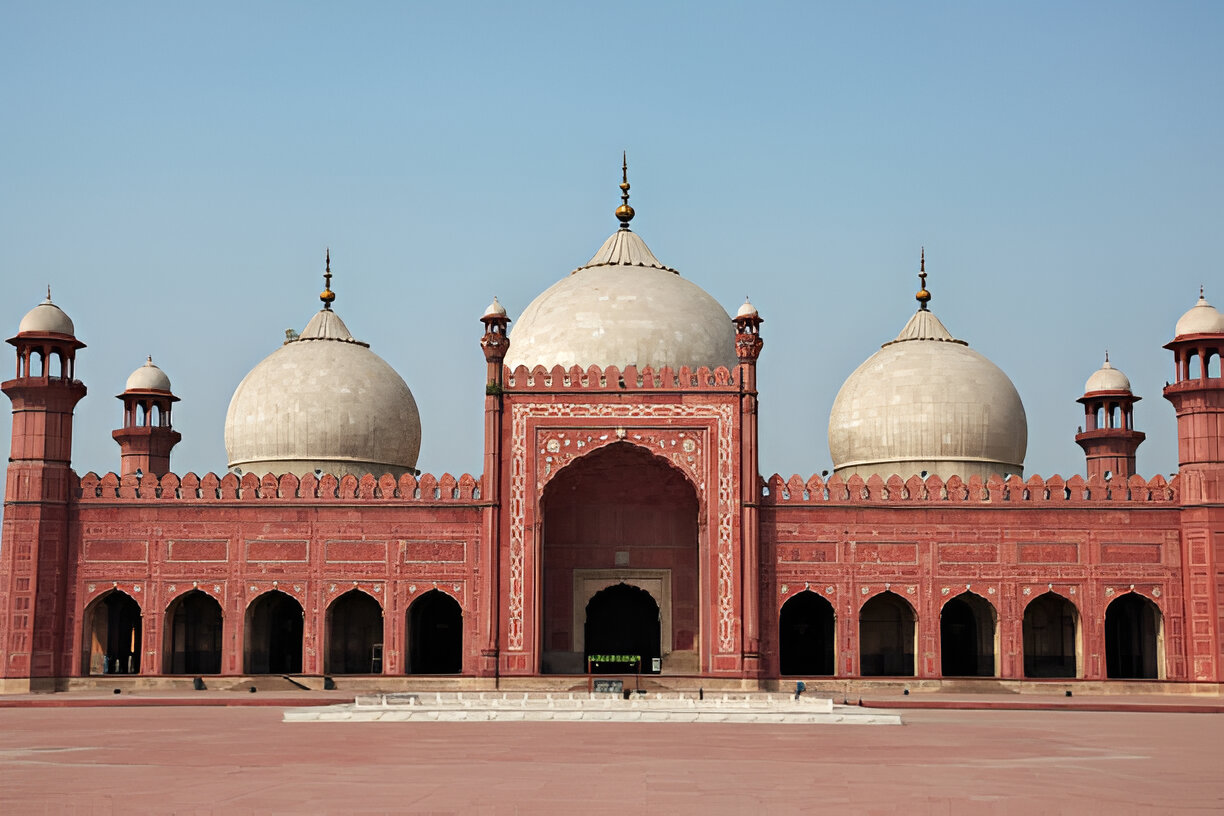
2. Lahore Fort (Shahi Qila)
The Lahore Fort, a UNESCO World Heritage site, is a sprawling complex reflecting Mughal military, residential, and ceremonial architecture. Highlights include Sheesh Mahal (Palace of Mirrors), Alamgiri Gate, and Naulakha Pavilion.
Why visit:
- Blend of Islamic, Persian, and Indian architecture
- Rich history dating back to Emperor Akbar
- Close proximity to Badshahi Mosque
Tips: Hire a guide to understand the history of each pavilion and hall.
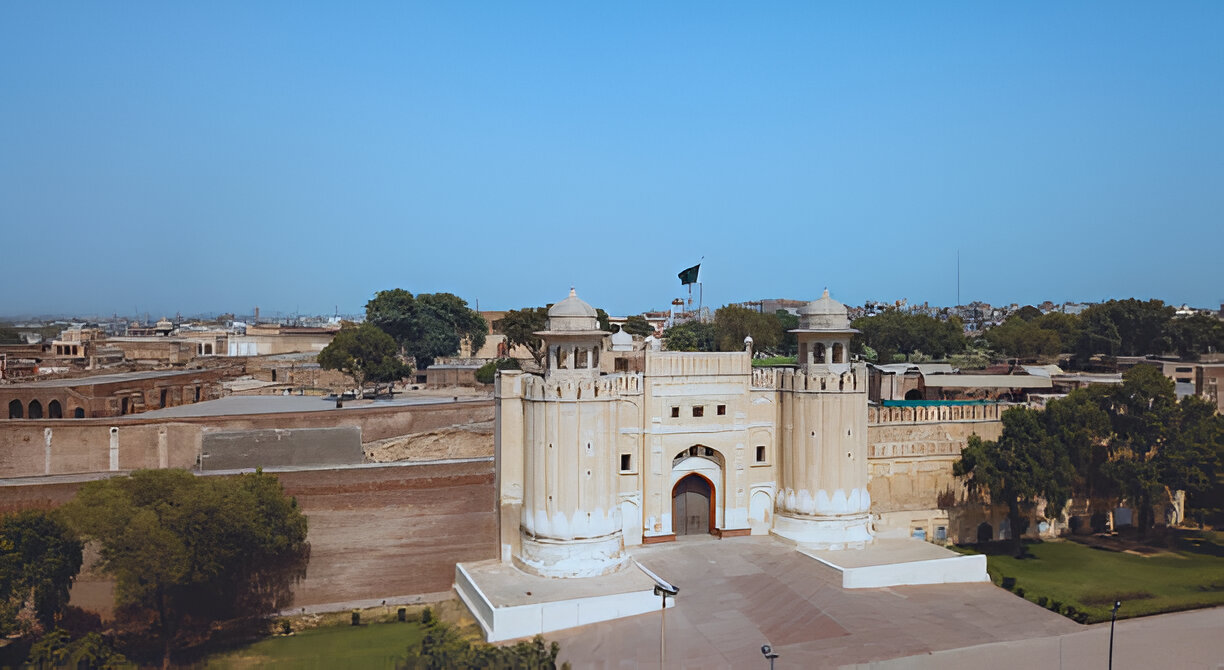
3. Shalimar Gardens, Lahore
Commissioned by Emperor Shah Jahan in 1641, the Shalimar Gardens showcase Mughal landscape architecture at its finest. Symmetrical terraces, fountains, and floral layouts reflect harmony and elegance.
Why visit:
- UNESCO World Heritage site
- Ideal for photography and leisurely walks
- Unique Mughal garden design principles
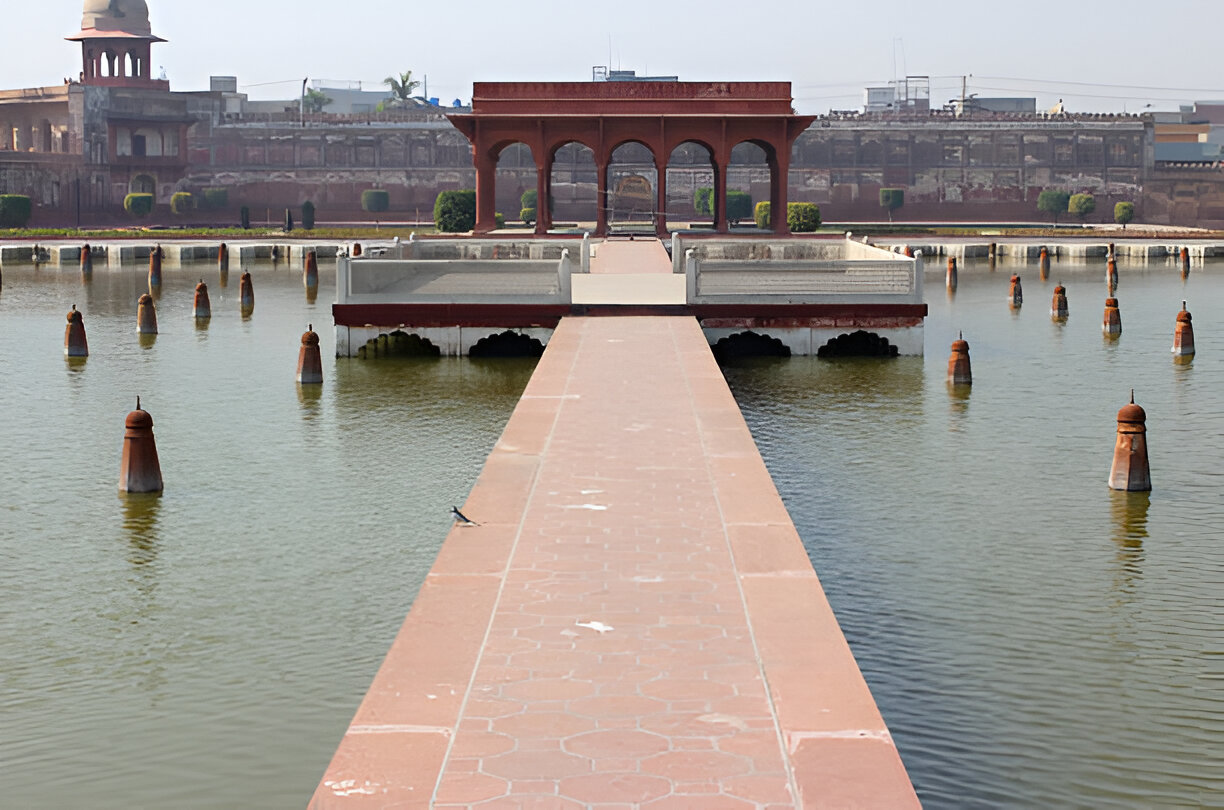
4. Rohtas Fort, Punjab
Built by Sher Shah Suri to defend against the Mughals, Rohtas Fort later received Mughal enhancements. Its massive walls, gates, and bastions reflect military architecture of the era.
Why visit:
- Enormous scale and strategic design
- UNESCO World Heritage site
- A glimpse into Mughal-era military genius
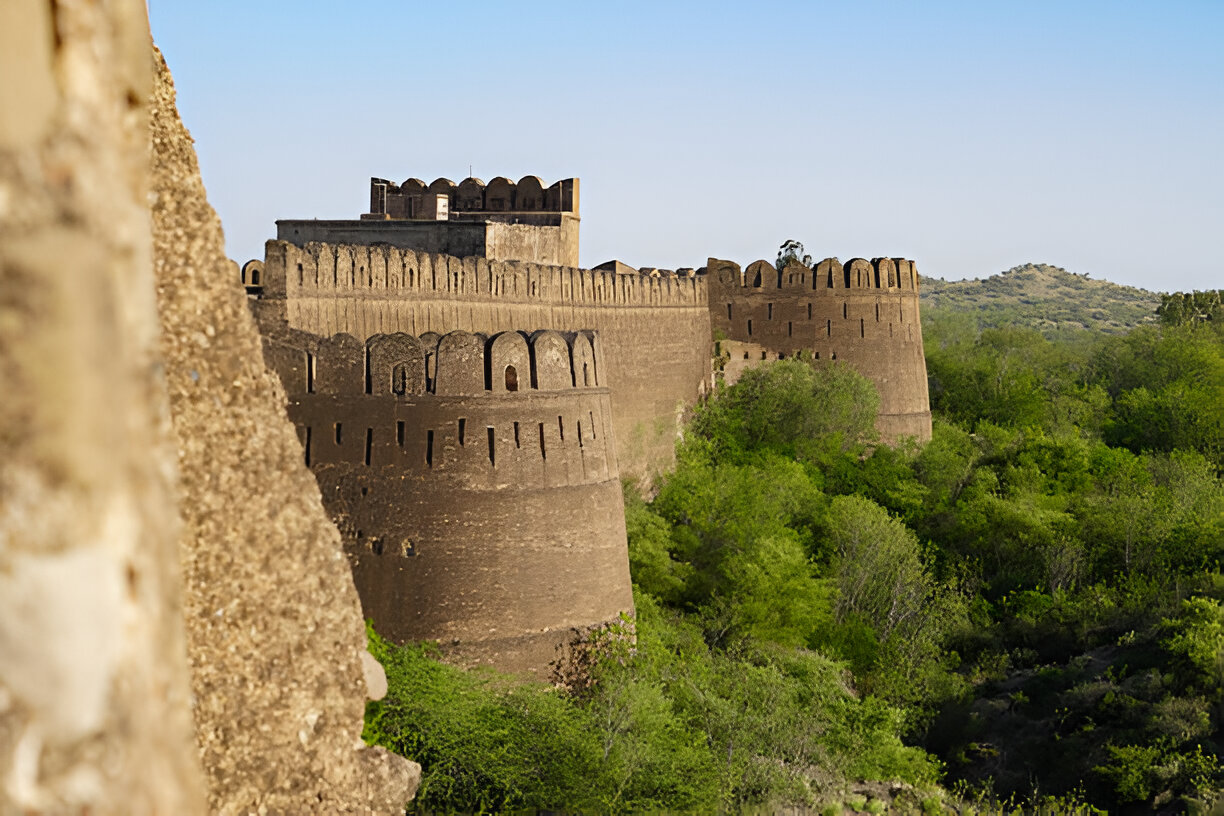
5. Wazir Khan Mosque, Lahore
Famed for its intricate frescoes and tile work, the Wazir Khan Mosque (1634–1641) showcases the artistic peak of Mughal architecture. Its walls are covered in vibrant floral patterns and calligraphy.
Why visit:
- Stunning tile and fresco artistry
- Center of Lahore’s cultural heritage
- Active place of worship offering an authentic experience

6. Shah Jahan Mosque, Thatta, Sindh
Built in 1647 by Emperor Shah Jahan, this mosque is known for its blue tile work, acoustics, and intricate geometric patterns.
Why visit:
- Unique tile artistry unmatched elsewhere in the region
- Quiet and peaceful environment
- UNESCO-recognized heritage
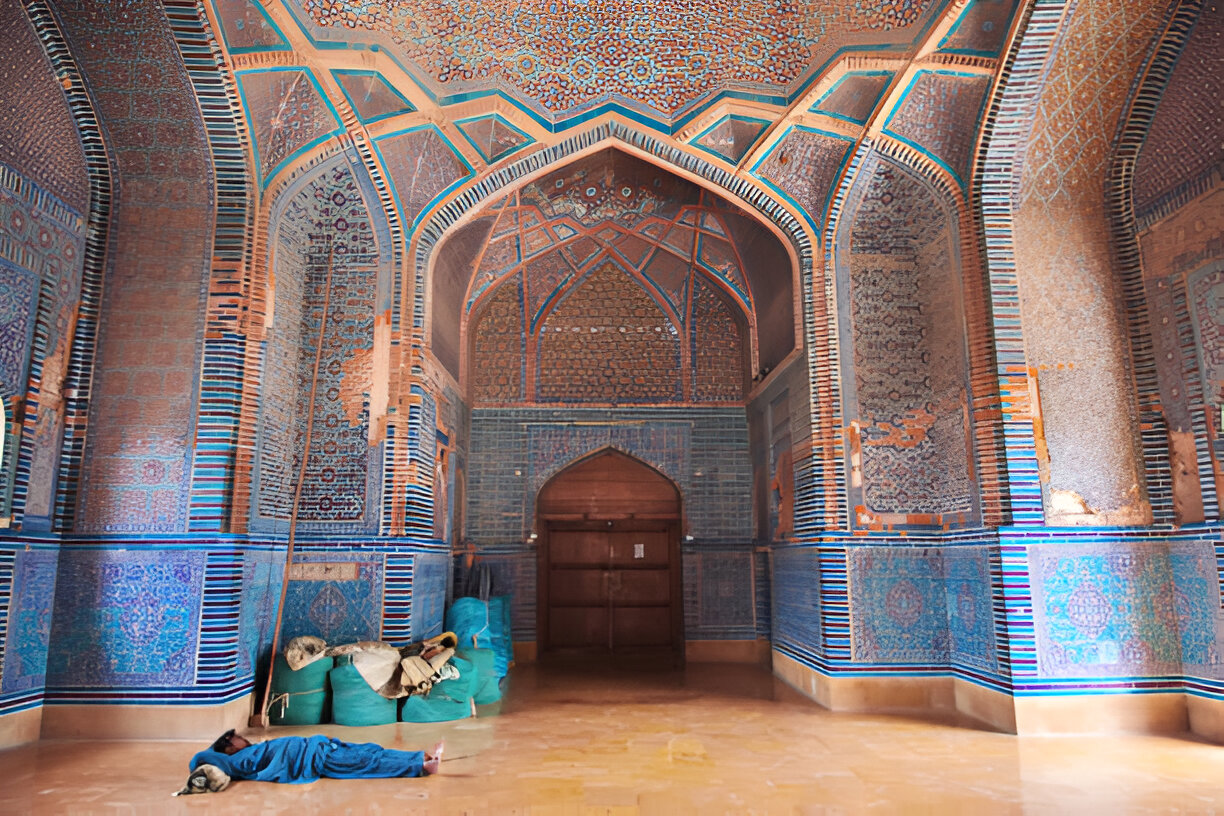
7. Tombs of Mughal Emperors
- Tomb of Jahangir, Shahdara, Lahore: A blend of red sandstone and marble, reflecting Persian influence
- Tomb of Nur Jahan, Lahore: Elegant white marble tomb highlighting Mughal love for gardens and symmetry
Why visit:
- Architectural harmony with surrounding gardens
- Insight into Mughal burial traditions and artistry
Conclusion
Pakistan’s Mughal-era architecture is a testament to a golden age of art, culture, and urban design. These monuments—mosques, forts, gardens, and tombs—not only reflect the power and sophistication of the Mughal Empire but also continue to inspire architects, historians, and travelers worldwide. Exploring them is like stepping into a living history book, revealing centuries-old craftsmanship and aesthetic excellence.
